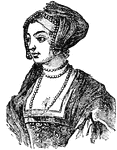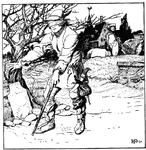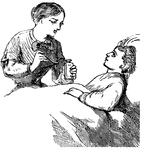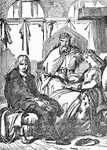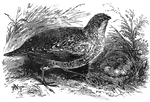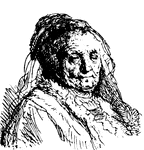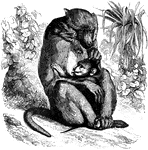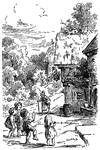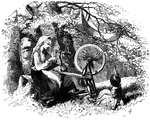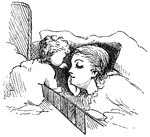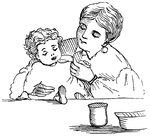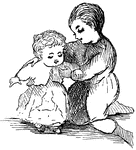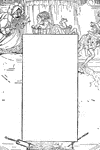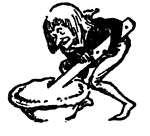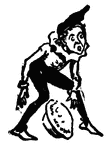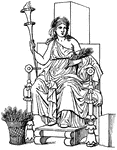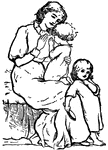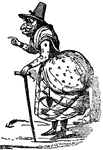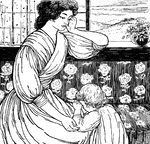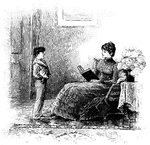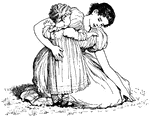
Simple Simon
Simple Simon went a-fishing for to catch a whale. All the water he had got was in his mother's pail.
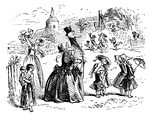
Dame Duck
Old Mother Duck has hatched a brood of ducklings, small and callow. Their wings are short, their down…
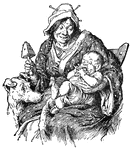
Mother with Her Baby
A giant in Brobdingnag with her baby. The baby trying to stick Gulliver in his mouth.

Red House
The Red House. The "Red House" is situated upon the street in Wilkesbarre next the river, and about…
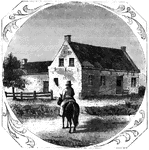
Vankleek House
The Vankleek House. It was built by Myndert Vankleek, one of the first settlers in Dutchess county,…

Walnut Street Prison
"The Walnut Street Prison. This edifice was erected in 1774, and taken down in 1836. The beautiful new…
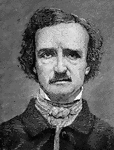
Edgar Allan Poe
"Edgar Allan Poe, the son of a Baltimore gentleman and an actress, Elizabeth Arnold, was born in Boston,…
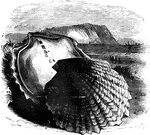
Pearl-oyster
"Furnishes the fines pearls; the shells are also imported in vast quanities, the inner layer, known…
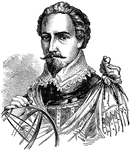
Sir Humphrey Gilbert
Sir Humphrey Gilbert (c. 1539 – 9 September 1583) of Devon in England was a half-brother of Sir Walter…

Drone Bee
"Bee is the common name given to a large family of hymenopterous or membranous-winged insects, of which…
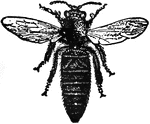
Queen Bee
"Bee is the common name given to a large family of hymenopterous or membranous-winged insects, of which…

Worker Bee
"Bee is the common name given to a large family of hymenopterous or membranous-winged insects, of which…

Royal Cells
"Bee is the common name given to a large family of hymenopterous or membranous-winged insects, of which…

Death of Laius
"When grown up, Oedipus is told by the oracle that he would slay his father and marry his mother. On…
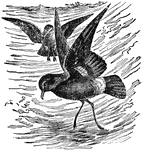
Stormy Petrel
"Petrel is a popular name for certain small oceanic birds of dusky plumage, nocturnal in habit, widely…
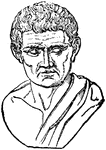
Aristotle
"Aristotle was born in 384 B.C., at Stagira, a seaport town of Chalcidice, whence he is frequeently…
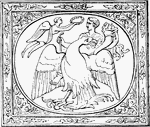
Apotheosis of Germanicus
"By a beautiful image, the mother herself, who is so deeply interested in the fortunes of her son, is…
Pyxis
"A casket, a jewel-box. Quintilian produces this term as an example of catachresis, because it properly…
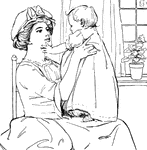
Up Little Baby
Up, little baby, stand up clear; Mother will hold you, do not fear; Dimple and smile, and chuckle and…
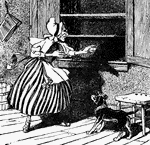
Mother Hubbard
Old Mother Hubbard went to the cupboard to get her poor dog a bone; But when she came there, the cupboard…
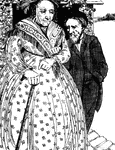
Mother Morey
I'll tell you a story about Old Mother Morey; and now my story's begun; I'll tell you another about…
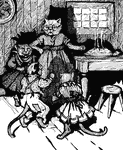
Lost Your Mittens
Three little kittens lost their mittens; And they began to cry, "Oh! mother dear, we really fear that…
